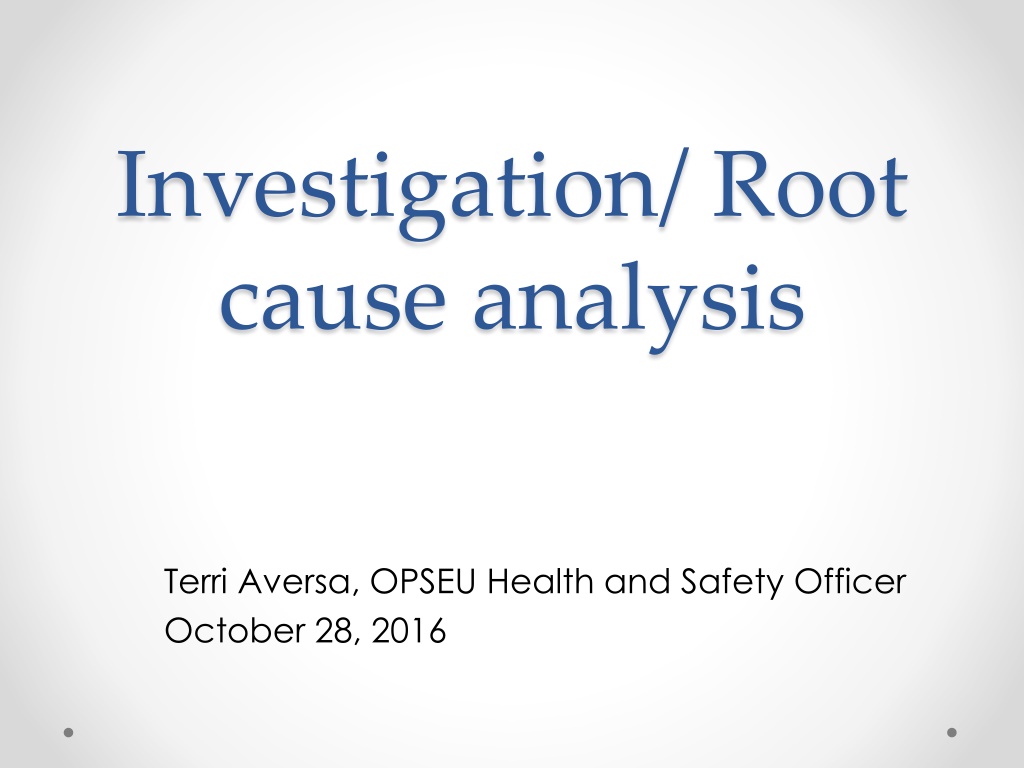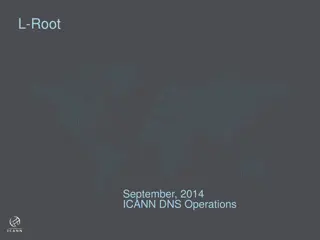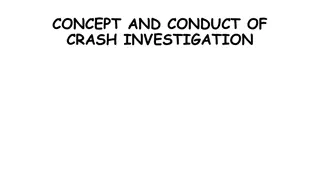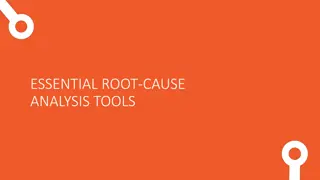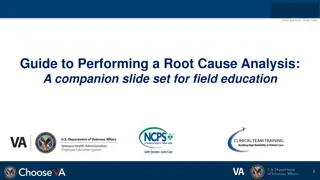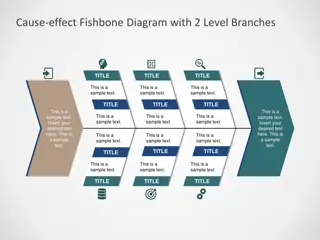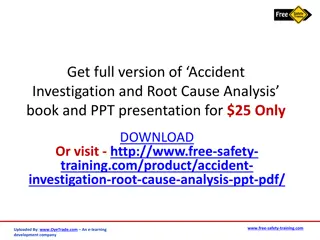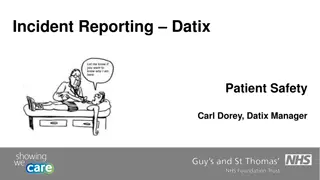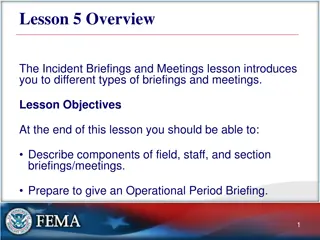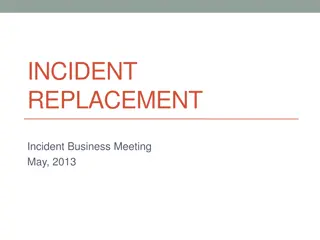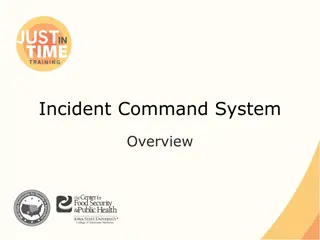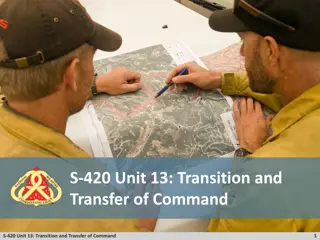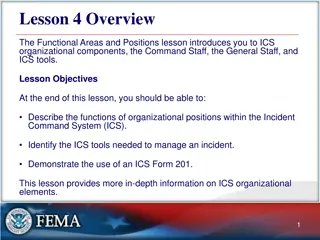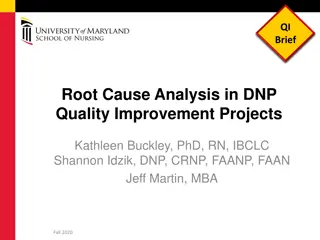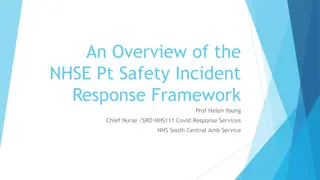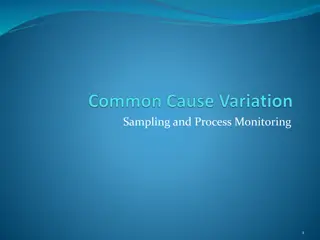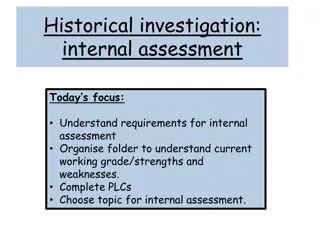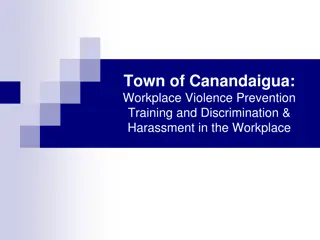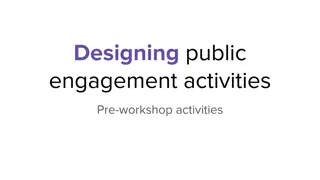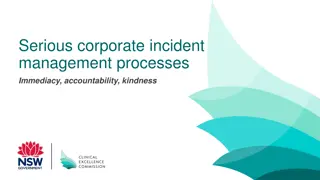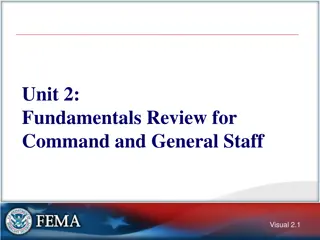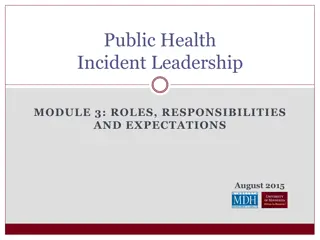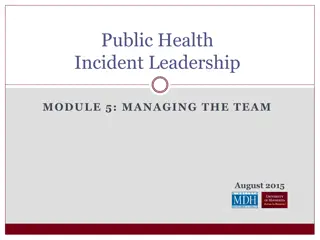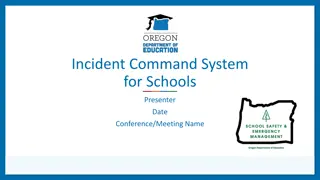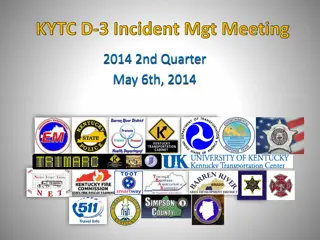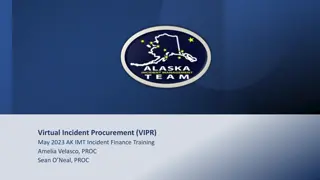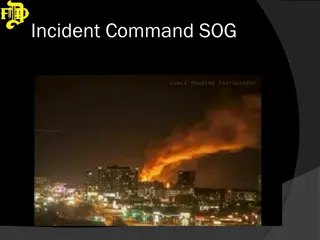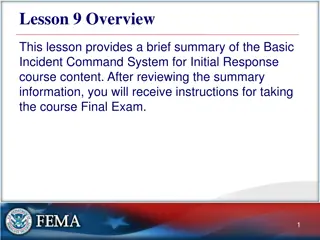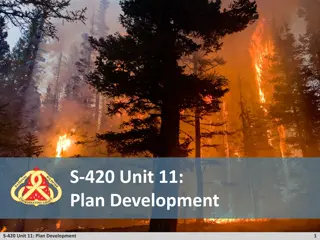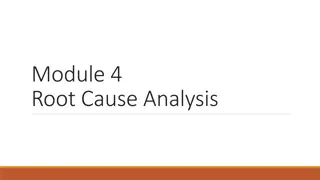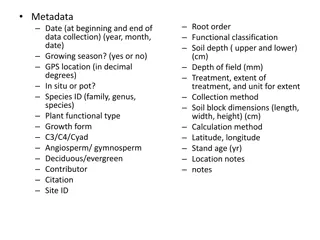Workplace Incident Investigation and Root Cause Analysis
Workplace incident investigations are crucial for preventing future incidents. They help determine what happened, identify causes, and uncover unsafe conditions or procedures. By conducting thorough investigations, management can take corrective actions and demonstrate commitment to safety. Understanding the underlying principles of incidents and knowing the critical steps, such as notifying authorities of deaths or critical injuries, can lead to a safer work environment. Committees play a key role in investigating incidents where workers are killed or critically injured, ensuring proper reporting and analysis for prevention.
Download Presentation

Please find below an Image/Link to download the presentation.
The content on the website is provided AS IS for your information and personal use only. It may not be sold, licensed, or shared on other websites without obtaining consent from the author. Download presentation by click this link. If you encounter any issues during the download, it is possible that the publisher has removed the file from their server.
E N D
Presentation Transcript
Investigation/ Root cause analysis Terri Aversa, OPSEU Health and Safety Officer October 28, 2016
Why investigate? Prevention is the purpose of an investigation. An incident investigation should: determine what actually happened, determine the cause or causes of the incident, identify any unsafe conditions, acts or procedures, help management to identify practical corrective actions, determines whether due diligence was observed, show the commitment
Underlying principles UNDERLYING PRINCIPLES Incidents don t just happen. They are caused. Incidents can be prevented if causes are eliminated Causes can be eliminated if all incidents are investigated properly Unless the causes are eliminated, the same situation will reoccur.
Knowing about it Notice of death or injury 51 (1) Where a person is killed or critically injured from any cause at a workplace, the constructor, if any, and the employer shall notify an inspector, and the committee, health and safety representative and trade union, if any, immediately of the occurrence by telephone or other direct means and the employer shall, within forty-eight hours after the occurrence, send to a Director a written report of the circumstances of the occurrence containing such information and particulars as the regulations prescribe.
Critical injury "Critically injured" means an injury of a serious nature that: a) Places life in jeopardy. b) Produces unconsciousness. c) Results in substantial loss of blood. d) Involves the fracture of a leg or arm, but not a finger or toe. e) Involves the amputation of a leg, arm, hand or foot, but not a finger or toe. f) Consists of burns to a major portion of the body. g) Causes the loss of sight in an eye.
Investigating it. 9 (31) The members of a committee who represent workers shall designate one or more such members to investigate cases where a worker is killed or critically injured at a workplace from any cause and one of those members may, subject to subsection 51 (2), inspect the place where the accident occurred and any machine, device or thing, and shall report his or her findings to a Director and to the committee.
Free from interference.. Obstruction of committee 62 (5) No person shall knowingly, (a) hinder or interfere with a committee, a committee member or a health and safety representative in the exercise of a power or performance of a duty under this Act; (b) furnish a committee, a committee member or a health and safety representative with false information in the exercise of a power or performance of a duty under this Act; or (c) hinder or interfere with a worker selected by a trade union or trade unions or a worker selected by the workers to represent them in the exercise of a power or performance of a duty under this Act.
Investigating Who what where when how Direct causes (what) Indirect causes o TASK, o MATERIAL/EQUIPMENT, o WORKER(S), o MANAGEMENT and o ENVIRONMENT. Gather evidence Interview witnesses Take pictures collect documents
Steps Preparation (scope, team Visiting the Scene Conducting Interviews Examination of Physical Evidence Analyzing the Evidence Preparing the Report
Fishbone analysisRoot cause analysis Slide courtesy of Sujoy Dey
Aftermath The worker Who what where when how Recommendations for prevention
Engineering Controls Physical changes to the workplace that either remove a hazard or create a barrier between the worker and the hazard o Floor plans, sightlines, lighting, mirrors, security cameras, metal detectors, panic buttons, secured doors, controlling access, wide counters, replacing furniture with heavy or fixed alternatives that cannot easily be used as weapons
Administrative Controls Changes to the way staff perform jobs or tasks both to reduce the likelihood of violent incidents and to better protect staff, patients and the public. o Assessing patients with regard to their potential for violence (on admission and periodically afterward), flagging procedures, special procedures for patients to avoid triggers, adequate staffing, training in de-escalation techniques, workplace safety practices, and trauma-informed care, emergency procedures, policies and procedures to reduce stress, transit and transfer policies, etc.
A mish-mash of interventions (in HC) Time to get to know each patient, soothing wall colours, designated quiet areas, noise reduction pads on doors to help keep people more calm, policies allow patients to be searched for weapons, many therapy and programming options for patients, sensory room full of activities, a weighted blanket for calming, ball massage, a swing, talk therapy, music therapy, swipe card entry, metal detectors at methadone clinics, reduce noise by limiting intercom use, keep patients busy during shift change, We love our patients, but patients have responsibilities too, panic buttons, personal alarm devices, security personnel, and it goes on and on.
